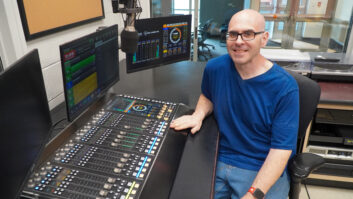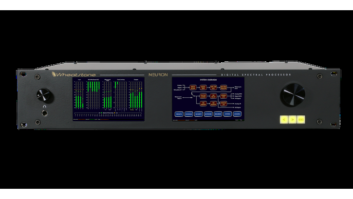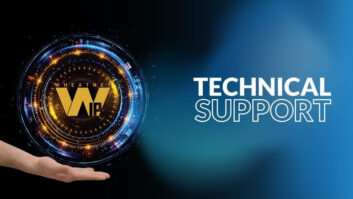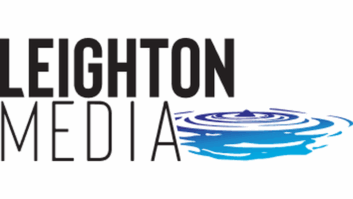
The author is marketing director for Wheatstone.
In January 2025 Los Angeles was on fire, causing historic damage to lives and businesses.
Crews at least had managed to push back the inferno to spare the broadcast towers on Mount Wilson, as of this writing. But just a few months earlier I sat on the very same edge of my chair and witnessed — along with everyone else — catastrophic hurricanes, tornadoes and flooding in the east.
We live in interesting times. With such catastrophic events in mind, I asked our support techs at Wheatstone how broadcasters can mitigate the internal risk from disasters on their operations.
Here are a few pointers that might be helpful for AoIP networked studios in particular:
- Keep an up-to-date, full system backup of your studio AoIP system in case a CPU loses power or goes belly up from flood or fire. Trey Bryant, who worked for Curtis Media before joining our tech team, told me: “When I was a CE, I had a flash drive that I carried with me everywhere that had all my software, licenses, drivers, etc., on it—basically a copy of everything I ran in my building and the config files from each of those machines. And I would regularly update that flash drive.”
- Keep old soundcards on standby should you lose a computer with a crucial audio driver for the automation. In a pinch, some devices with a USB can be used as a USB interface to a nearby PC for quick audio out.
- Also, keep a backup Gigabit switch on standby as added insurance that you will be able to keep the AoIP system going in the event of an emergency.
- Invest in surge suppressors. Steve Walker, a support tech at Wheatstone who previously worked in the field at Radio One, suggests installing small UPS units in each studio and the TOC as one way to protect studio gear from power surges while keeping things up and running during short-duration power loss events.
An even better, albeit more expensive, option would be a large UPS system that can power your entire TOC and studio core. Steve said this is easiest to implement when you are planning a new build and might be worth pitching to the decision-makers as a necessary, integral part of your new plant. Also worth implementing: a good studio grounding system (read Steve’s article “Some Down-to-Earth Tips on Grounding” from a previous issue of Radio World).
- If at all possible, network regional locations together. If you already have AoIP networking at most of your studio locations and those facilities connect to their respective transmitter sites via AoIP, interconnecting it all together through commercial IP, fiber or microwave links is the next obvious step. Should one studio or transmitter get hit by disaster, you can continue emergency updates from any other studio location and/or switch to other transmitters in your interconnected network.
- Finally, have a backup audio player at transmitter sites so that if all else fails at the studio, you will be able to broadcast an emergency audio loop from there. This could be a regular recorder rigged to turn on in an emergency (which can be triggered by silence detection via the AoIP), or it could be a clip player that comes with the AoIP I/O unit.
Since I began writing this article, broadcast towers on Mount Wilson have resorted to backup power due to power outages. And just this morning, Floridians woke to almost 9 inches of snow, knocking out electricity and creating impossible travel conditions.
You can never be too prepared these days.







